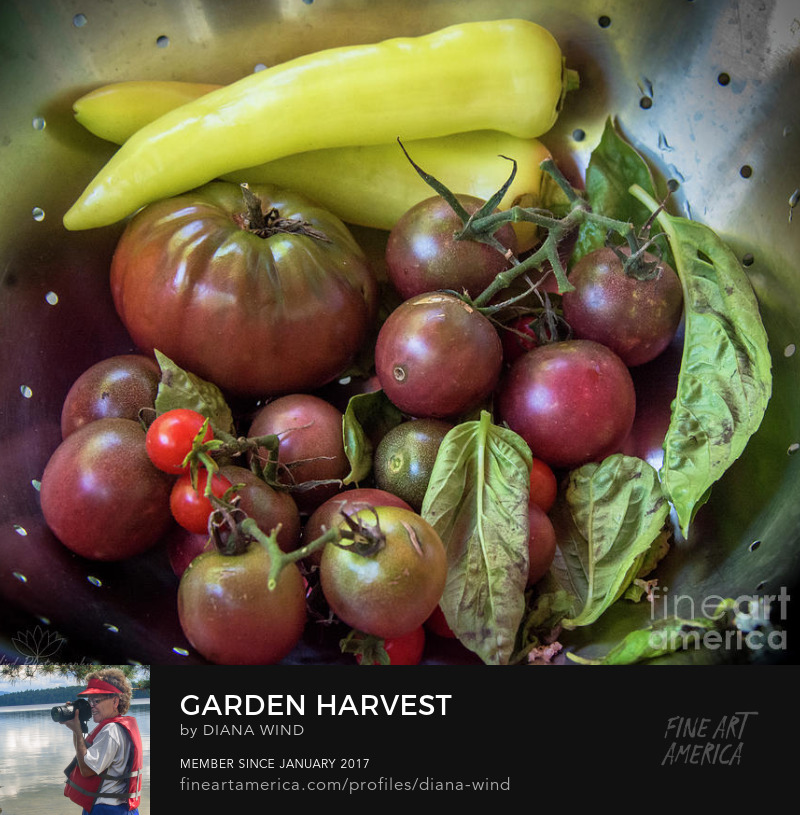Sunday, September 13, 2015
Friday, September 4, 2015
Pawpaw Fruit #GardenCuizine What is Asimina triloba? #gardenchat Eastern US Native
American Pawpaw Fruit
On a recent South Jersey Wildlife Garden Tour we explored Shoshana's garden, a homeowner in Cumberland County NJ. She greeted us with exotic Pawpaw fruits (Asimina triloba). I had only seen them in a garden catalog years ago and didn't know you could grow the trees in New Jersey.
According to Shoshana, "They sucker beautifully," meaning they can form a grove. Pawpaw trees produce the largest fruits native to North America. Typical to most fruits, pawpaw fruit is an excellent source of Vitamin C. Kentucky State University researchers report that nutritionally, pawpaw fruit has about as much dietary fiber as an apple and is most similar in composition to bananas. Rutgers New Jersey Agriculture Experiment Station reports that it's rare to see pawpaw fruit in markets and come to think of it, I never have.
The fruit Shoshana gave us weren't ripe yet (they ripen in the fall), so I don't know what they taste like; she said they taste good. Writers for Kentucky State University's Pawpaw research project* describe the taste as a blend of tropical fruits such as banana, pineapple and mango. Sounds delicious! I bet they would taste great in a healthy fruit smoothie.
Scientific studies in 1980's and 1990's by researchers at Purdue University discovered compounds from pawpaw bark extracts may have beneficial effects on killing cancer cells. Since then there has not been enough scientific evidence to make claims supporting the effectiveness of pawpaw for any condition.
Scientific studies in 1980's and 1990's by researchers at Purdue University discovered compounds from pawpaw bark extracts may have beneficial effects on killing cancer cells. Since then there has not been enough scientific evidence to make claims supporting the effectiveness of pawpaw for any condition.
For those interested in growing native Pawpaw fruit trees: the trees are attractive and small and can be considered "edible landscaping" - they bloom in the spring. The blooms are among my favorite colors, deep, dark, chocolate.
Related Links
Growing Pawpaws
Blog post and photo Copyright (C)Wind. All rights reserved.
Subscribe to:
Posts (Atom)





























